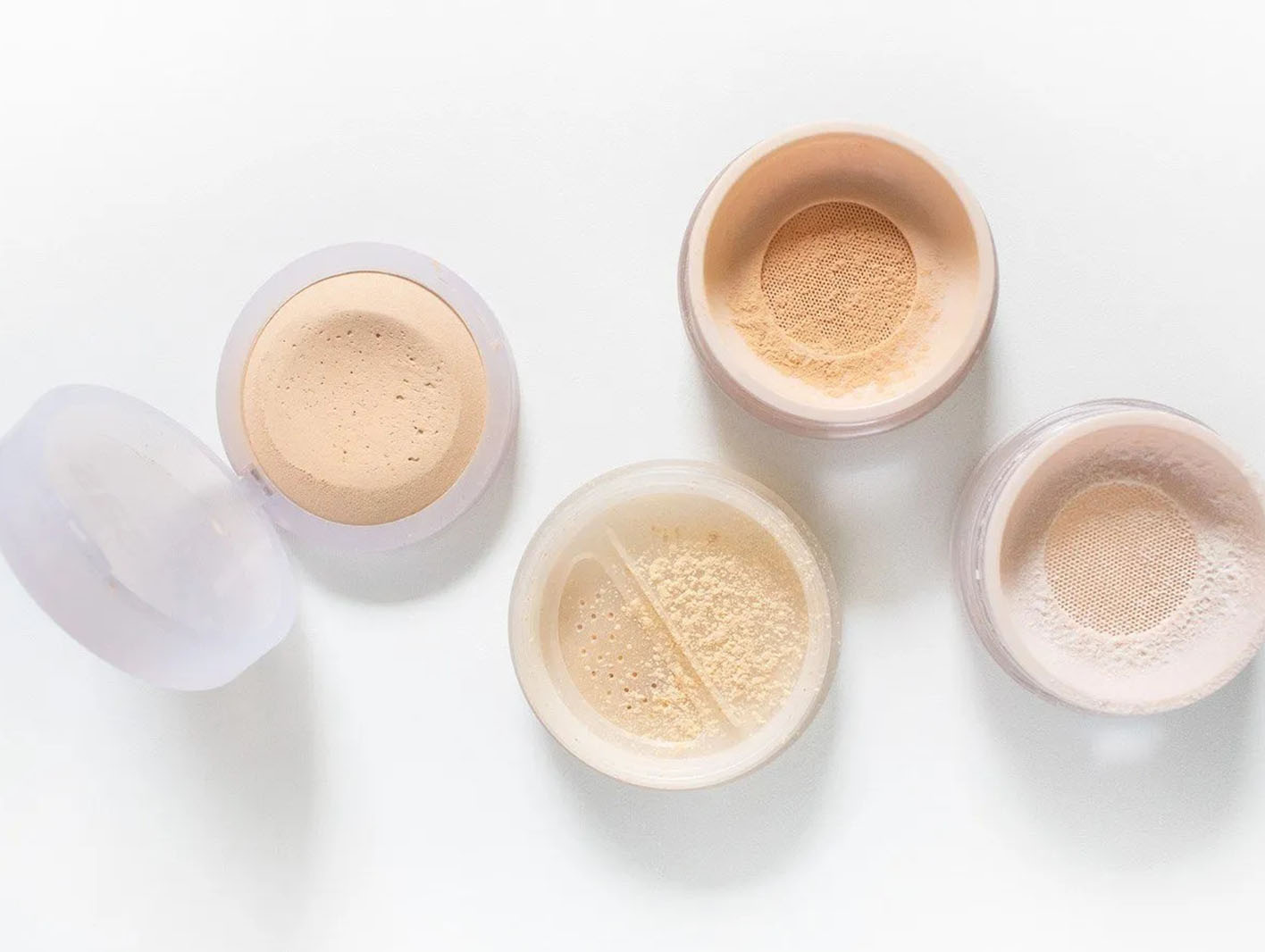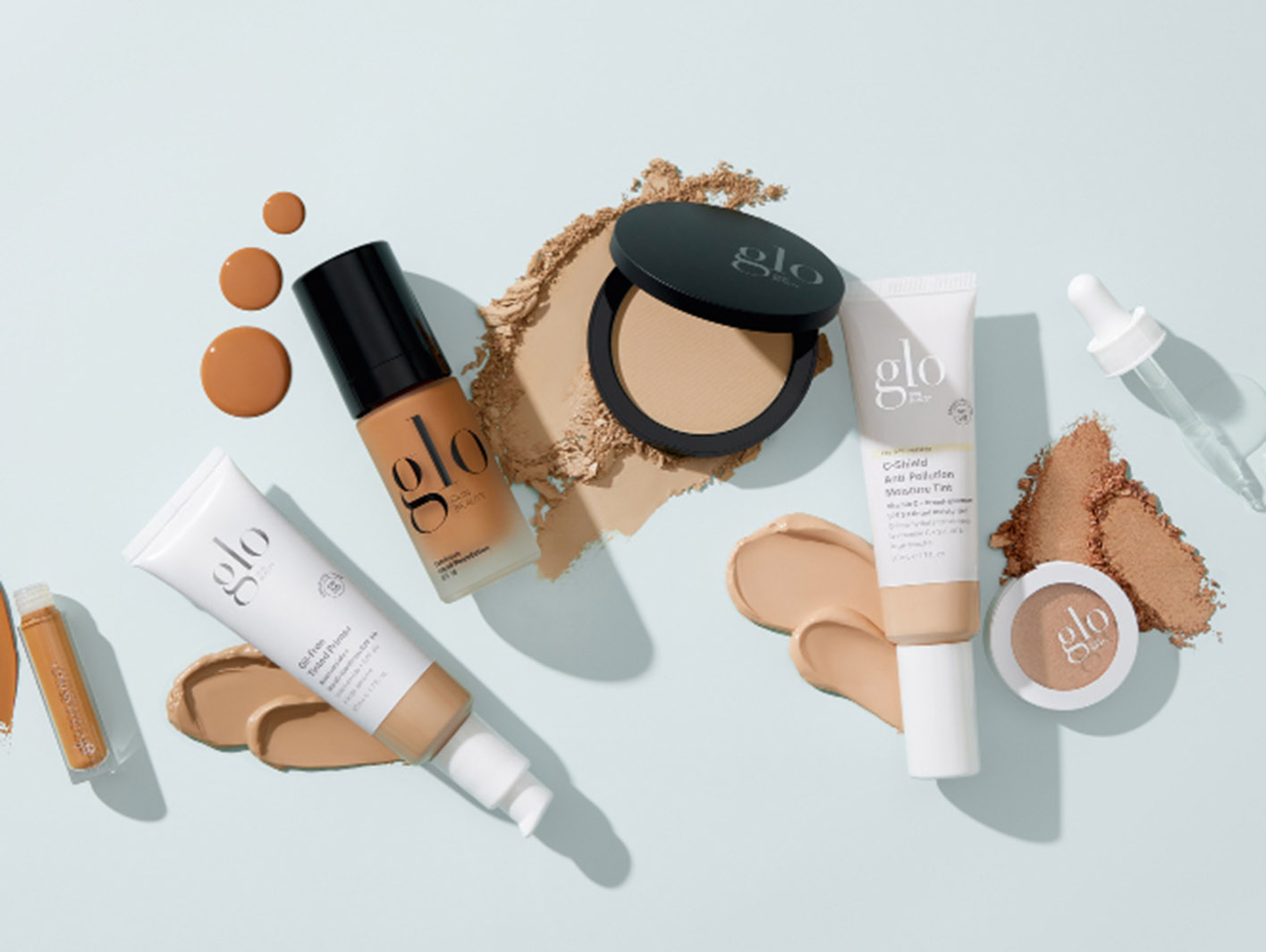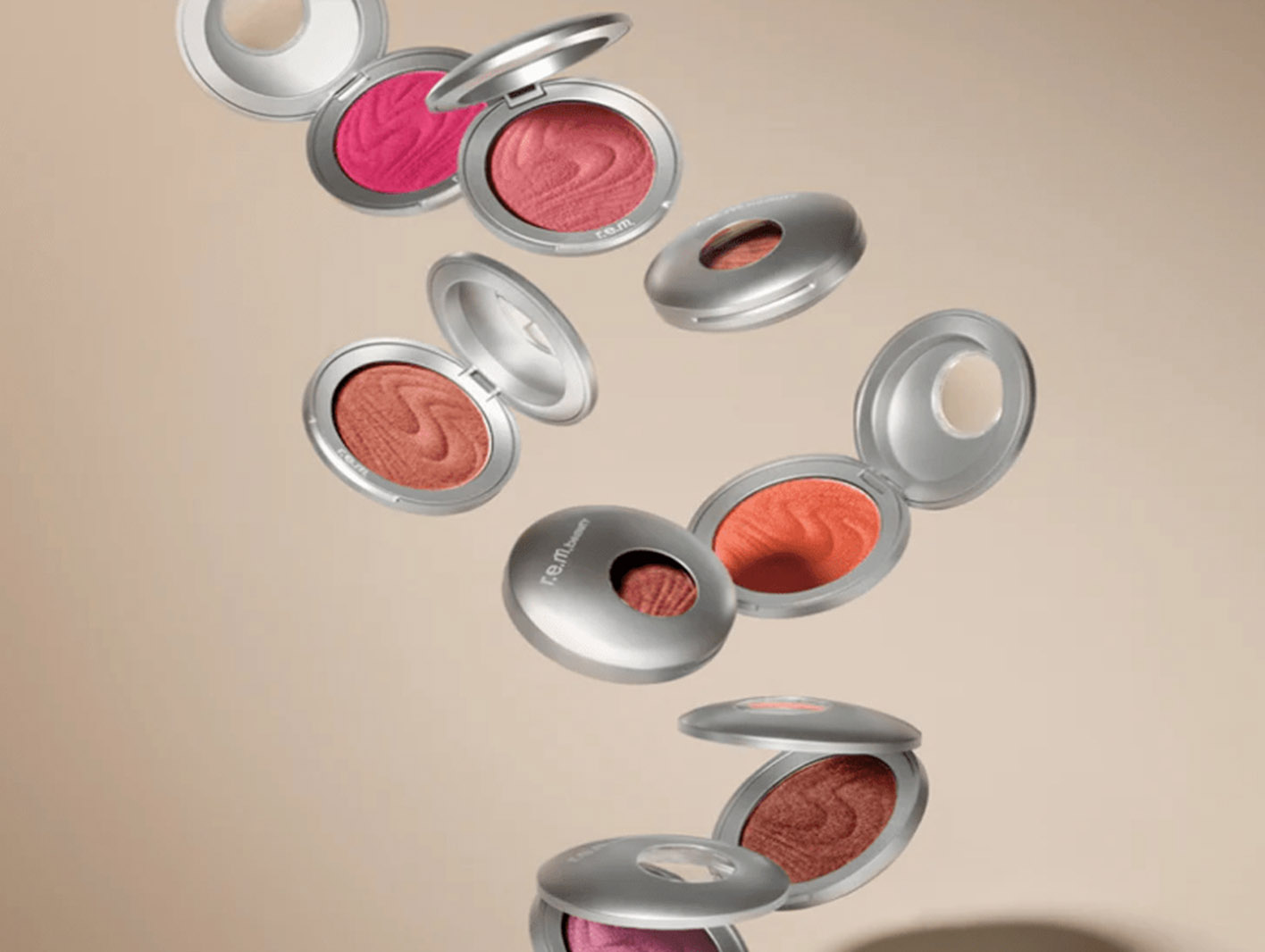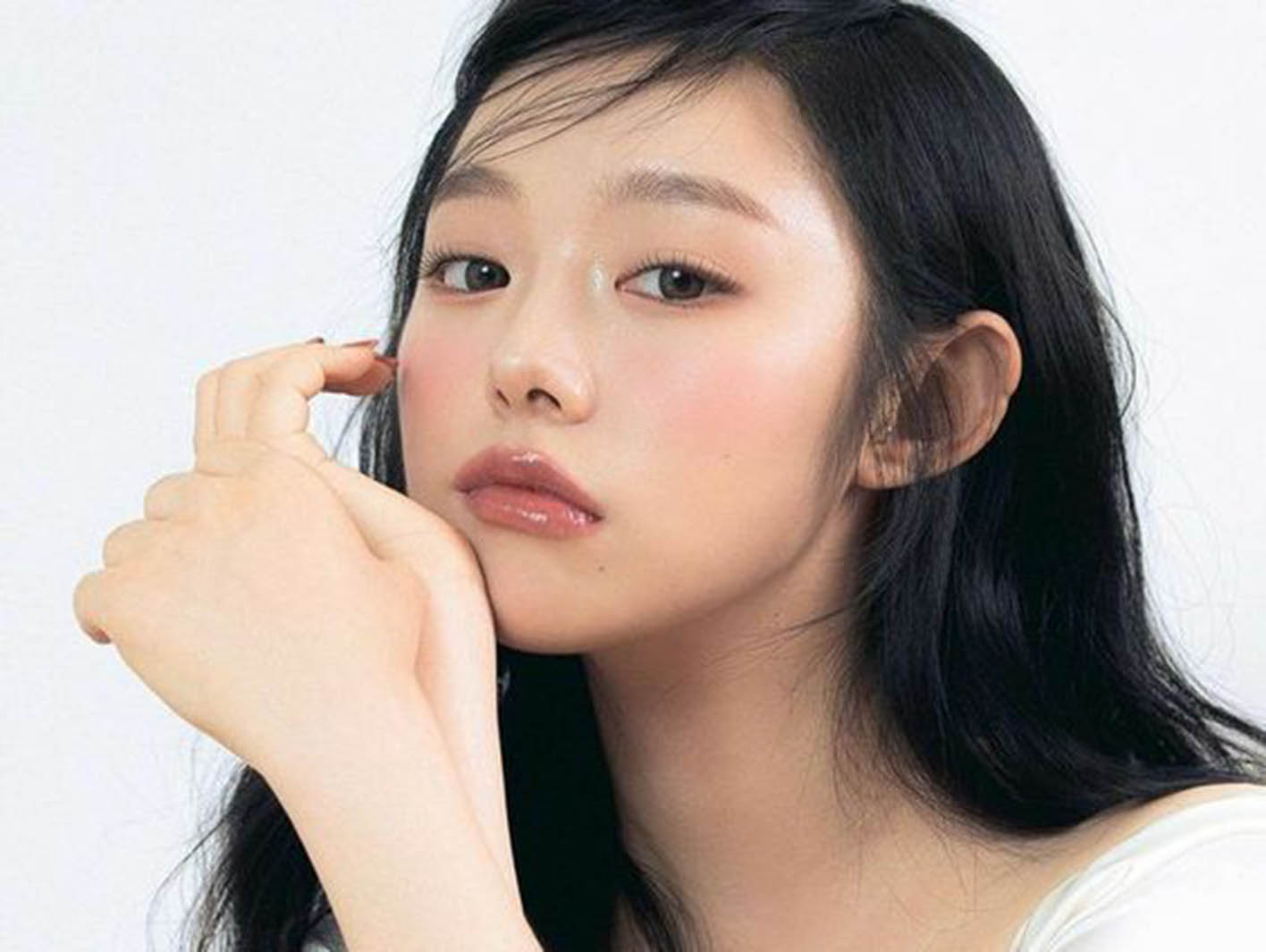
Among all the intricate components of a flawless makeup look, blush is often the most underestimated. Yet when it comes to achieving that signature soft, dreamy aesthetic seen in Japanese beauty magazines—commonly referred to J-zine inspired looks —blush is not just a supporting role. It is the heartbeat of the entire face.
This unique aesthetic celebrates translucent skin, natural finishes, and a quiet, emotional beauty—one that whispers instead of shouts. And at the center of it all? A well-blended, thoughtfully placed flush that breathes life into the complexion.
So, how does one achieve that ethereal, editorial-worthy blush look? It begins and ends with technique. Let’s explore the nuances that separate a flat pop of color from a truly dimensional, emotive cheek.
Understanding the J-Zine Blush Aesthetic
In contrast to Western contour-focused makeup, which emphasizes sculpted cheeks and dramatic angles, the J-zine approach embraces softness. The blush isn’t just a splash of color—it’s a storytelling device. It creates warmth, reflects mood, and connects the entire face in a way that feels intimate and believable.
Rather than being confined to the apples of the cheeks or cheekbones, this kind of blush often blooms across the under-eye area, the nose bridge, or even toward the temples. It’s diffused, seamless, and intentionally imprecise—meant to look as if the color is coming from within.
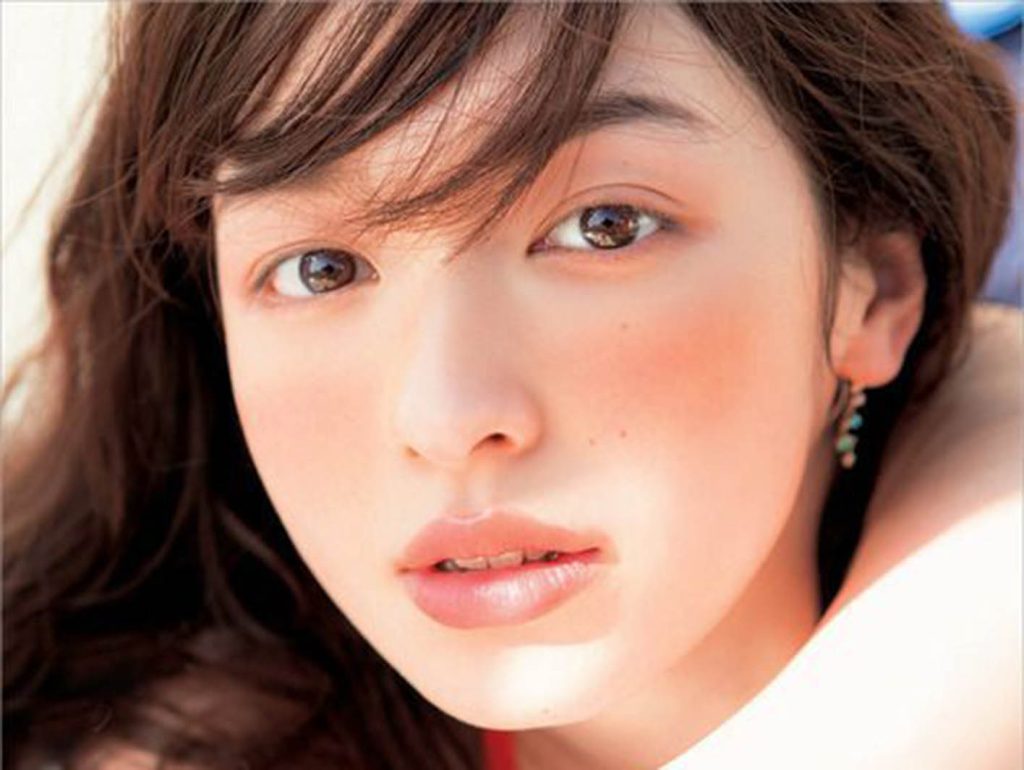
Choosing the Right Formula: Creams, Liquids, and Sheer Powders
The road to believable blush begins with choosing the right product. In this style, heavy powders with opaque pigment are a no-go. The ideal formula should be buildable, blendable, and sheer enough to meld with the skin.
- Cream Blushes offer the most natural finish. They melt into the skin, making them perfect for that flushed-from-within glow. Opt for balmy textures that don’t dry down too fast.
- Liquid Blushes are incredibly versatile. A tiny dot can go a long way. When used sparingly and layered, they achieve that signature watercolor effect—translucent and radiant.
- Sheer Powder Blushes work beautifully for oily or combination skin types. Choose finely milled formulas with a satin finish, and always apply with a soft, fluffy brush.
For added dimension, many artists use a blush cocktailing method, layering cream underneath and setting it with a whisper of powder on top to prolong wear while keeping the glow intact.
Color Theory for a Natural Flush
Selecting the right shade is equally crucial. The key is subtlety—colors that look like an organic extension of your skin tone.
- Fair Skin Tones: Go for soft peaches, baby pinks, or petal rose tones. These mimic the natural flush that appears when you’re slightly warm or bashful.
- Medium Skin Tones: Opt for apricot, coral, or muted berry shades that strike the balance between vibrancy and wearability.
- Deeper Skin Tones: Rich terracotta, plum, and crimson tones work beautifully to provide contrast and depth without looking artificial.
When in doubt, choose tones that echo the natural color in your lips or fingertips—it’s often the most flattering guide.
Application Techniques: The Art of Placement and Blending
Blush placement defines the mood of the entire makeup look. Here are three signature J-zine inspired placements and how to achieve them:
1. Under-Eye Blush (Igari Style)
Arguably the most iconic placement in J-beauty, this technique places blush just beneath the lower eyelid, blending into the upper cheek. It creates a “slightly drunk” look—emotional, vulnerable, and youthful.
How to Apply:
- Use a fingertip or soft blending brush to tap the blush directly under the eyes, extending slightly toward the nose.
- Keep the placement horizontal rather than angled to maintain the natural structure.
- Blend gently outward without letting it drop too low.
2. Across-the-Nose Blush
Often referred to as the “sun-kissed flush,” this technique mimics the look of skin that’s slightly warmed by sunlight or the after-effects of a brisk walk.
How to Apply:
- Lightly sweep blush across the tops of both cheeks and bridge of the nose in one continuous stroke.
- Blend softly with a clean sponge or brush to avoid any hard lines.
- This placement is playful and casual—ideal for daytime or minimal makeup looks.
3. Temple-to-Cheek Blush
A more modern editorial take, this technique elongates the face by blending blush diagonally from the cheeks to the temples.
How to Apply:
- Start from the apple of the cheek and sweep upward in a C-shape toward the temple.
- This can subtly lift the face, giving a youthful and slightly elegant effect.
- Ideal when paired with glossy lids and barely-there lip color.
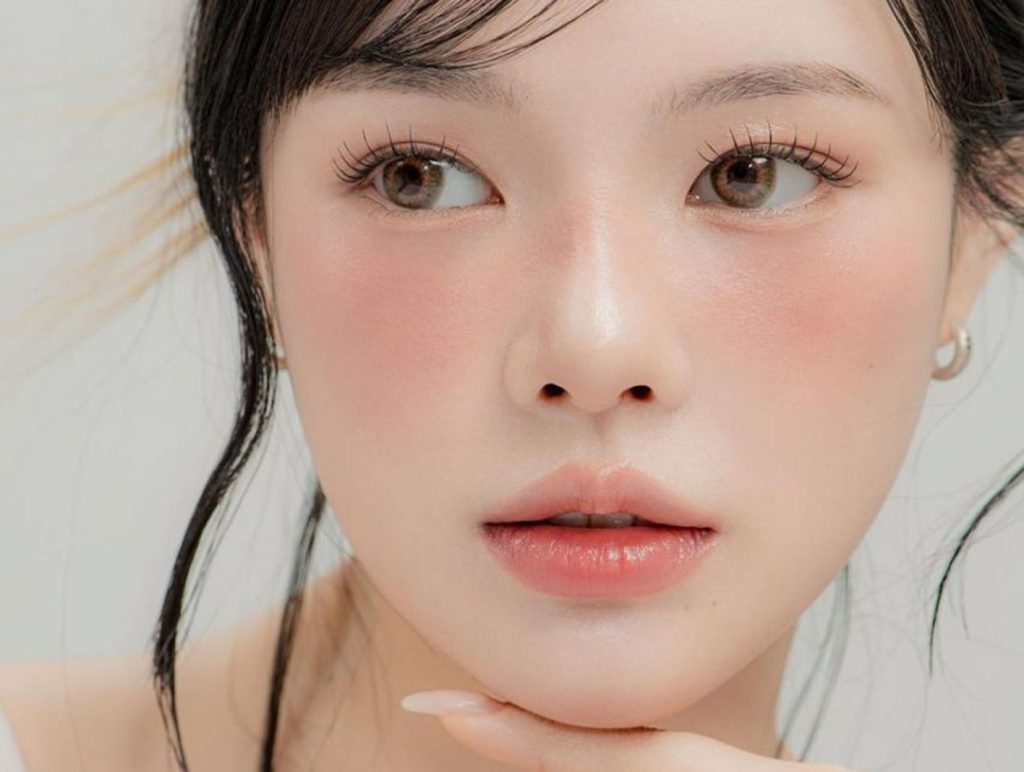
Blending Tools: Fingers, Brushes, or Sponges?
In this aesthetic, seamless blending is everything. Tools can make or break the finish of your blush.
- Fingers: Best for creams and liquids. The warmth of your hands helps melt the product into the skin.
- Duo-Fiber Brushes: Excellent for achieving a diffused effect. The longer bristles prevent over-application.
- Makeup Sponges: Great for tapping off excess product and blending edges. A damp sponge can sheer out pigment without removing coverage.
Pro Tip: Always build in layers. Start sheer and gradually intensify. This keeps the look breathable and never cakey.
Finishing Touches: Highlighter, Setting, and Balance
To enhance the blush without overpowering the face, subtle additions make a big difference:
- Highlighter: Use a soft, pearlescent highlighter above the blush area to create a dewy transition. Avoid chunky glitter.
- Setting Spray: A light mist of setting spray helps meld all layers together and maintain the skin-like texture.
- Face Balance: Let your blush inform the rest of your makeup. If the cheeks are warm and flushed, keep eyes soft and lips juicy for harmony.
The Emotional Power of Blush
Perhaps the most compelling reason this style resonates so deeply is its emotionality. It’s not about perfection. It’s about how you feel. A gently flushed cheek tells a story: one of innocence, of joy, of quiet romance, or tender melancholy.
This is beauty that isn’t airbrushed or overly filtered—it’s human, relatable, and real.
Mastering the blush in a J-beauty inspired look is about more than applying color. It’s a conversation between light, skin, and feeling. The right hue in the right place, blended with care, can transform not only your appearance but your mood. It doesn’t shout for attention—it invites it softly.
So, the next time you reach for your favorite blush, take a moment to feel your face, read your energy, and paint with emotion. In the world of modern makeup, it may just be the quietest details that speak the loudest.
